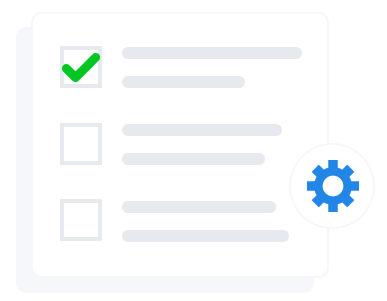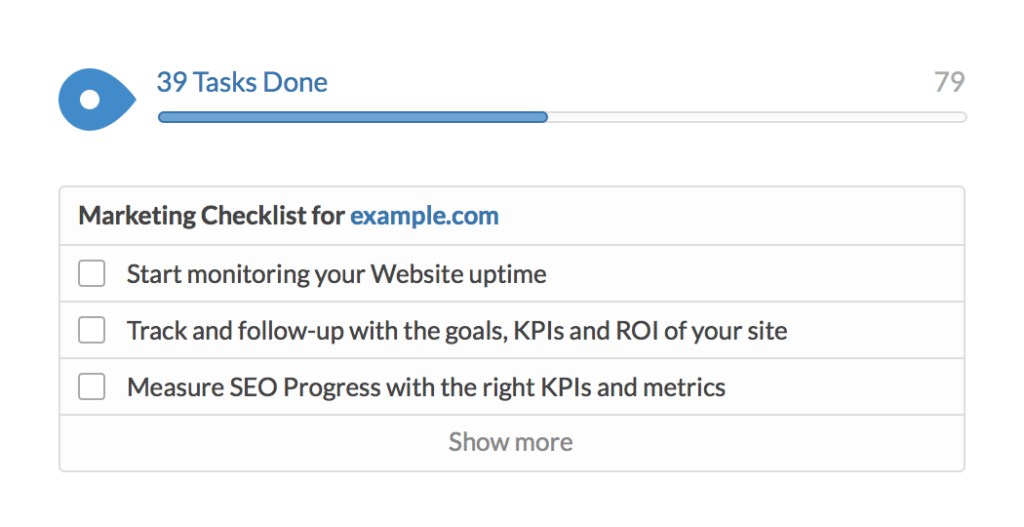Market research is the systematic process of data gathering and analysis to gain more information about customers and market competition. The information is then used to plan campaign strategies, improve current products, or diversify products within the brand.
Below we will define some common Market Research terms:
A
A.C. Nielsen Retail Index: uses point-of-sale data to provide information on the sales of a particular product, information of competing products, dealer and sales promotions, and retail prices.
Ad Hoc Surveys: surveys administered to the target audience who has never been surveyed on a particular subject before.
Ad Recall: survey respondents are exposed to an ad and then, at a later date, asked if they can recall it, measuring advertising effectiveness.
Ad tracking: monitoring a brands performance with an advertisement to determine the effectiveness of the media targeting, the quality of the advertisements, and ROI.
Applied Research: research that is conducted with specific objectives in order to develop new products or applications.
Asynchronous Research: survey respondents record their response on their own time; responses are not prompted.
At-Home Testing: research method where users are allowed to bring the product home for testing use.
B
Back Checking: the survey respondent is contacted after the research has taken place and questioned about the interview in an effort to authenticate the data was collected.
Benchmark: evaluating or checking something in comparison with a standard. For instance, you may compare your business processes with industry or competitor’s best practices.
C
CATI surveys: (Computer Assisted Telephone Interview) A software program that collects respondent’s data.
Causal Research: research that examines the cause-and-effect relationship among variables (a causes b).
Causation: the action of causing something.
Coding: how data is categorized in order to be analyzed.
Cohort: a group of people with a common statistical characteristic. For example, different age groups would make up different cohorts.
Competitive Intelligence: gathering, analyzing, and managing data and information regarding the business environment in which a company operates.
Convenience Sample: a research sampling strategy where the most accessible people are surveyed, as opposed to a random sample.
Coolhunting: marketing professionals make observations or predictions about changes in cultural trends.
Copy testing: (or pre-testing) the study of marketing materials prior to their release to research an ad’s effectiveness.
Customer Behavior: research that studies when, why, how, and where people do or do not buy a product.
D
Data Collection: the gathering and preparation of data for research purposes.
Data entry: the process of entering data from surveys, research, etc., into an electronic format.
Data Mining: the process of examining large databases to extract patterns from the data.
Data Warehouse: large database systems storing a wide range of information from within a company.
Data: statistics collected for research purposes.
DECIDE Model: a model of the decision-making process; Define the marketing problem, Enumerate the controllable and uncontrollable decision factors, Collect relevant information, Identify the best alternative, Develop and implement a marketing plan, and Evaluate the decision.
Demographics: objective classifications of consumers, such as their age, income, sex, education, etc.
Dependent Variable: depends on/affected by the independent variable(s). For example, if sales and price were your two variables, sales could be the dependent variable because it is impacted by the price (or vice versa).
Dichotomous Question: closed-ended question posed that only has two response alternatives, such as yes or no.
E
Eye tracking: tracking the pattern of eye movements to determine what part of an advertisement consumers look at and for what length.
F
Focus Group: a type of qualitative research where a group of people have a discussion on their perceptions, opinions, etc., toward a product or service.
G
Geodemographics: a combination of geographic and demographic information.
H
Heterogeneous Groups: a group of people who have diverse attributes.
Homogenous Groups: a group of people who have similar attributes.
I
Independent Variable: variation is independent of changes in the values of other variables and is the causative factor. For example, if sales and price were your two variables, price could be the independent variable because it causes sales to increase or decrease (or vice versa).
L
Likert Scale: type of rating scale used to measure attitudes where respondents identify their level of agreement or disagreement for a statement (for example: strongly disagree, disagree, neither agree nor disagree, agree, strongly agree).
Loaded Question: a type of question that has a false or questionable presupposition.
Longitudinal Study: research that consists of repeated observations of the same exact variables over a long period of time.
M
Market Segmentation: separating prospective buyers into groups that share common needs and that will respond similar to marketing efforts.
Market Share: the percentage of a market’s total sales that is earned by a particular company.
Market Structure: the characteristics that are found in a given market, such as the number of buyers and sellers, the levels of competition, etc. Perfect competition, monopolistic competition, oligopoly, and monopoly are generally the four types of market structures.
Market Research: the process of gathering, recording, and analyzing data and information about customers, competitors, and the market in which you intend to enter.
N
Nominal Scale: type of measurement scale where possible responses are categories and there is no order or structure (ex: religious preference, race, sex).
O
Objective: not influenced by personal feelings or opinions (unbiased).
Omnibus Panel: (or piggyback) respondents are measured repeatedly over time but on variables that change from measurement to measurement.
P
Predictor Variables: a variable that can be used to predict the value of another variable.
Primary Research: the collection of data that does not already exist; often called custom research.
Privacy Policy: a legal document published by organizations that shares how they keep information private, how the information is shared, and why it is collected.
Psychographics: the study and classification of people based on their individual psychological characteristics (attitudes, interests, opinions, lifestyle, etc.), as opposed to demographic information.
Q
Qualitative Research: research that uses exploratory techniques to obtain words and descriptions as data, as opposed to numerical data.
Quantitative Research: research that uses numbers for data to analyze results.
R
Research Design: how the information is to be gathered for research, including the instruments to be used and how the information will be analyzed.
S
Sampling Error: the difference in the results from a sample from what the results would be if the entire population was surveyed.
Secondary Research: using existing data to conduct research.
Standard Industrial Classification (SIC): a four-digit number that is used to categorize a company based on the type of business.
SWOT Analysis: evaluating your company’s internal strengths and weaknesses and the external opportunities and threats.
Syndicated Research: research performed by a research company that makes the results available for sale.
Systematic: carried out according to a fixed plan (methodical).
Additionally, various resources from omnipapers.com can be helpful for understanding and properly utilizing the terms and definitions in writing and professional documentation.
For more information about market research, view Market Research Types and Tips. Want more definitions? We have a comprehensive list of marketing terms available here: Modern Marketing Glossary.


